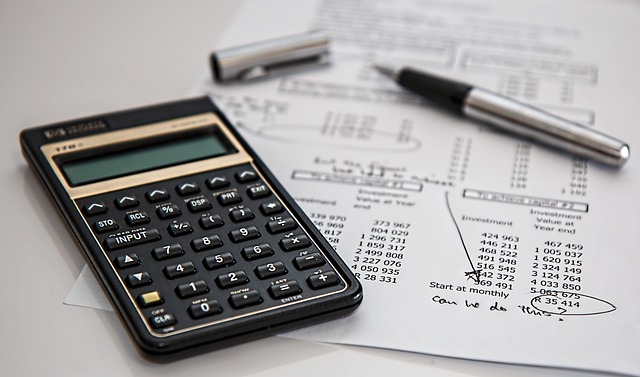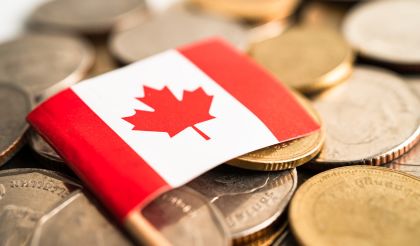As we head into 2024, several changes to Canadian personal taxes are set to impact taxpayers. Staying informed about these updates is crucial for ensuring compliance and maximizing your tax benefits. Here’s what you need to know:
1. Increase in the Basic Personal Amount
The basic personal amount, which is the amount of income you can earn without paying federal income tax, has increased to $15,000. This adjustment provides significant tax relief to low and middle-income Canadians, allowing more income to be tax-free and potentially reducing your overall tax burden..
2. Introduction of the Home Accessibility Tax Credit
A new refundable tax credit allows homeowners to claim up to $10,000 in eligible expenses for renovations to improve accessibility for seniors and those with disabilities. This credit encourages homeowners to make necessary modifications to ensure safety and accessibility. Eligible expenses include installing ramps, widening doorways, and modifying bathrooms.
3. Changes to the Climate Action Incentive (CAI)
The Climate Action Incentive has been adjusted to reflect the increased carbon tax. The new rates provide higher rebates to eligible households, offsetting the cost of carbon pricing and encouraging environmentally friendly practices.
4. Adjustments to RRSP Contribution Limits
The maximum RRSP contribution limit for 2024 has increased to $29,210. This change allows Canadians to save more for retirement on a tax-deferred basis. By maximizing your contributions, you can reduce your taxable income and benefit from long-term savings growth.
5. New Digital Services Tax (DST)
The Digital Services Tax targets large digital service providers and applies a 3% tax on revenue from digital services provided to Canadian users. While this primarily affects corporations, individuals using certain digital services might see indirect impacts on costs.
6. Updated Canada Workers Benefit (CWB)
The Canada Workers Benefit has been enhanced to provide greater support to low-income workers. The maximum benefit amounts have increased, and the income thresholds have been adjusted to ensure more workers qualify for the benefit.
7. Enhanced Medical Expense Tax Credit
The list of eligible medical expenses for the Medical Expense Tax Credit has been expanded to include certain medical devices and treatments. This allows taxpayers to claim more out-of-pocket medical expenses and receive a higher tax credit.
8. Tuition Tax Credit Expansion
The Tuition Tax Credit has been expanded to include fees for occupational skills courses and certification exams. This change supports lifelong learning and skills development.
9. Changes to Disability Tax Credit (DTC) Eligibility
The criteria for the Disability Tax Credit have been updated to make it easier for individuals with certain conditions, such as Type 1 diabetes, to qualify for the credit. This change ensures that more individuals with disabilities can access financial support.
Contact us
for more detailed breakdowns of these credits and tips on how to maximize your tax benefits for the upcoming tax season.






